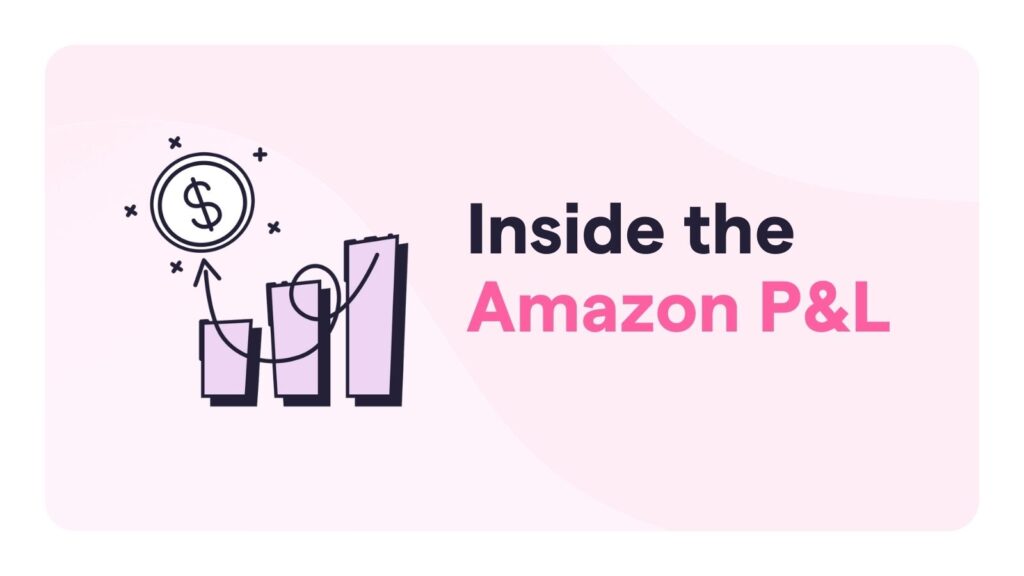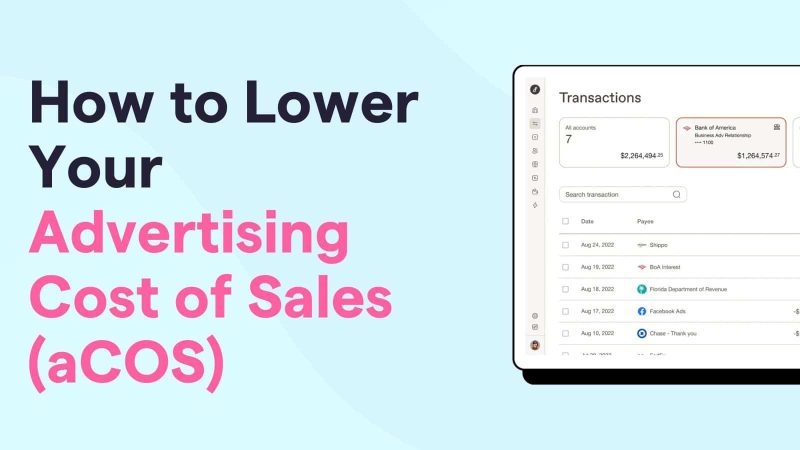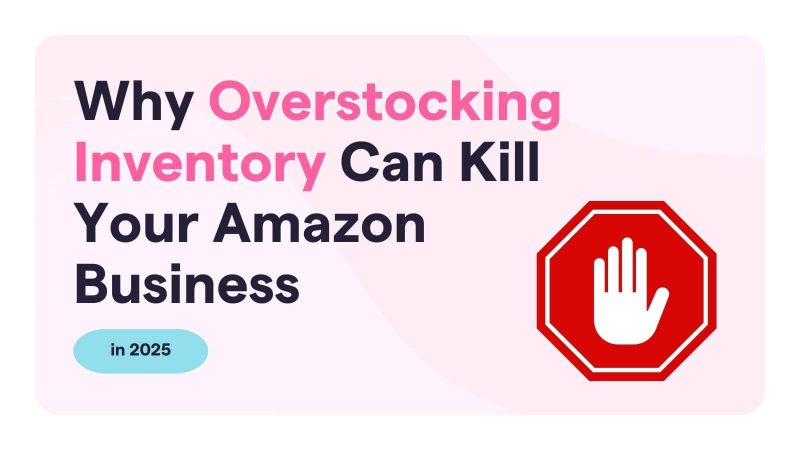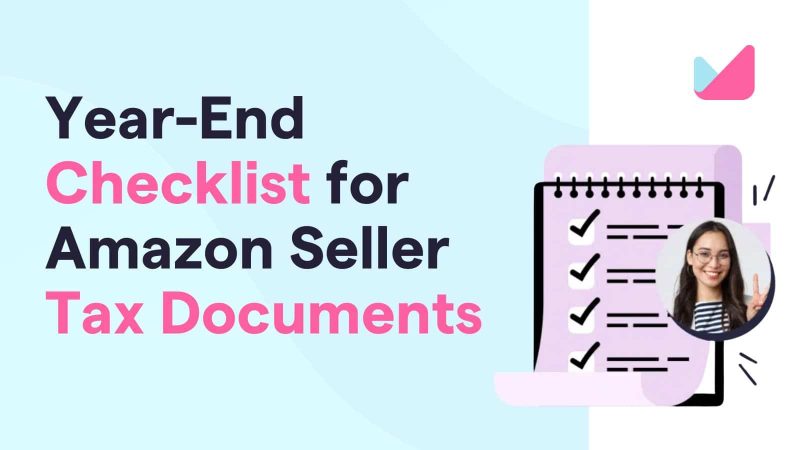As an Amazon seller, you’re probably wondering how your business is doing—how much you’re spending on fees each month, how your advertising costs compare, and most importantly, how much you’re keeping in your pocket.
That’s where your profit & loss (P&L) statement comes into play. Think of it as a snapshot of your business’s financial health. Just like a regular health check-up is crucial for your well-being, your P&L statement is essential for your business’s health.
In this blog, we’ll break down what makes up your Amazon profit & loss statement, simplify the jargon, and explain why it’s so vital for keeping your business on track. Whether you’re a seasoned seller or just starting out, understanding your P&L will give you the insights needed to make smarter decisions and boost your business’s performance.
So, grab a cup of coffee, get comfy, and let’s dive into how you can use your P&L statement as an instrumental tool for your Amazon business success.
What is an Amazon P&L statement?
So, what exactly is a P&L statement?
A P&L statement, short for Profit and Loss statement, is a key financial document that shows how your business performed over a specific period. It’s like taking a snapshot of your financial health for a particular timeframe, often noted as “for the period ended.”
Let’s use our health analogy again. Imagine your doctor gives you a blood test today. This test reflects your health only at that moment. If you indulge in sweets tomorrow, the test won’t show any changes from your sweet treat. Similarly, a P&L statement only captures what happened in the past—how much you earned, spent, and what’s left over from that period.
It can’t predict future sales or expenses. Instead, it helps you understand what has already happened so you can plan ahead and make informed decisions for your business.
Understanding this snapshot helps you see how well your Amazon business is doing and where you might need to adjust your strategy.
Purpose of the Amazon P&L Statement
For Amazon sellers, the P&L statement is more than just a report—it’s a tool that reveals a lot about your business and guides your decisions. Here’s how:
- Shows Past Performance: Your P&L statement helps you review how your business did in the past. For example, if you see that sales were up last quarter, it’s a sign that things are going well. You can dig deeper to understand why—maybe a new marketing strategy worked well. On the flip side, if sales are down, it’s time to investigate why. Are your costs too high, or is there a drop in customer interest?
- Monitors Financial Health: This statement gives you a snapshot of your business’s financial health. If you’re making more money without a big jump in expenses, your business is in good shape. But if costs are climbing without a boost in revenue, it’s a signal to check what’s going wrong.
- Assesses Profitability: Looking at trends in your P&L helps you see if you’re making enough profit. For instance, if your net income is growing, even slowly, your business is on the right track. If not, it might be time to reevaluate your strategy to boost profitability.
Understanding these aspects of your P&L statement helps you make smarter decisions and keep your Amazon business thriving.
What Goes Into The Amazon Seller’s P&L Statement?
Contrary to popular belief, the P&L statement isn’t just a jumble of numbers—it’s a detailed story of how your business is doing. Each section reveals important insights about your financial health and can guide your next steps.
Let’s break down the key components of your Amazon P&L statement and see how each part contributes to the overall picture of your business’s success:
Net Sales
Net sales represent your total sales after accounting for any discounts and returns. The formula is:
Net Sales = Gross Sales – Sales Returns – Sales Discounts
Sales returns are goods customers return because they may be spoiled, damaged, or broken. We deduct returns from gross sales to adjust it to actual goods sold and unreturned. Sales discounts are the price deductions we extend to customers to stimulate sales.
Cost of Goods Sold
The cost of goods sold (COGS) is the actual inventory cost of goods transferred from inventory to expense. For instance, if the cost per unit of each inventory is $12 but sold at $18, the rate we use for COGS is $12.
Depending on your accountant’s approach, your Cost of Goods Sold (COGS) as an Amazon seller might include, but isn’t limited to:
- Purchase Cost: The price you pay for the products.
- Shipping Fees: Costs to send inventory to Amazon fulfillment centers.
- Amazon FBA Fees: Fees for using Amazon’s fulfillment services.
- Storage Fees: Charges for storing inventory in Amazon warehouses.
- Packaging Materials: Costs for packing materials used to ship products.
Gross Profit
Gross profit is what you earn after subtracting COGS from net sales. This figure helps you gauge how well you’re managing the direct costs of your products.
Amazon sellers’ average gross profit rate is around 15% to 20%, meaning COGS should also be around 80% to 85%.
It’s normal for COGS to eat most of your revenues. After all, these are costs related to your revenues. You can increase gross profit by (1) increasing selling prices or (2) cutting costs.
Operating Costs
Your Amazon business incurs costs that may not be directly related to your products but are essential to the business. For instance, operating costs include but are not limited to the following:
- Utilities (water, electricity, internet)
- Rent or mortgage for storage facilities
- Professional fees (bookkeeping, legal, consulting)
- Insurance
- Software subscriptions (QuickBooks, Microsoft 365)
Net Income
Net income is the last figure of the P&L statement. It’s the profit or loss you make after all expenses are deducted from your revenues.
Net Income = Gross Profit – Operating Costs
If expenses exceed revenues, you’re at a net loss; we don’t want that. Your goal is to have a positive net income, indicating that you’re generating more revenue than you’re spending.
Need Extra Help with Your Amazon Business Finances?
Your Amazon Profit & Loss statement is a great starting point to understand how your Amazon business is doing. But it’s just one piece of the puzzle.
While the P&L shows your spending and earnings, it doesn’t tell you if your costs are reasonable or if your financial strategy is on track. That’s where an experienced accountant can make a big difference.
For example, your P&L might show you’re spending $X on ads each month. A Specialized Amazon seller accountant can help you figure out if this is a good investment or if you should adjust your spending.
At MuseMinded, we specialize in helping Amazon sellers like you get a clearer picture of their finances and offer advice to help you make better decisions.
Wondering if you’re overspending on fees? Not sure if your ad costs are reasonable? Or maybe you’re unsure if you’re on the right path financially?
We’re here to help! Head over to our Book a Call page to schedule a quick call with our team and find out how we can support your business.
In the meantime, check out our 2024 Amazon Seller Benchmark Report—it’s packed with useful info!
Until next time!




